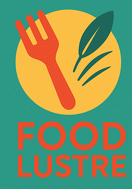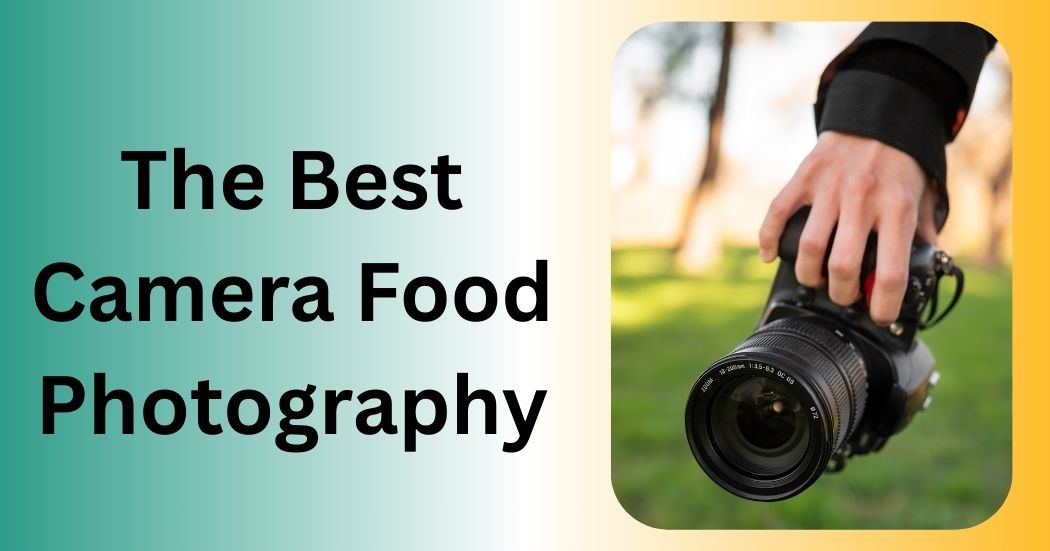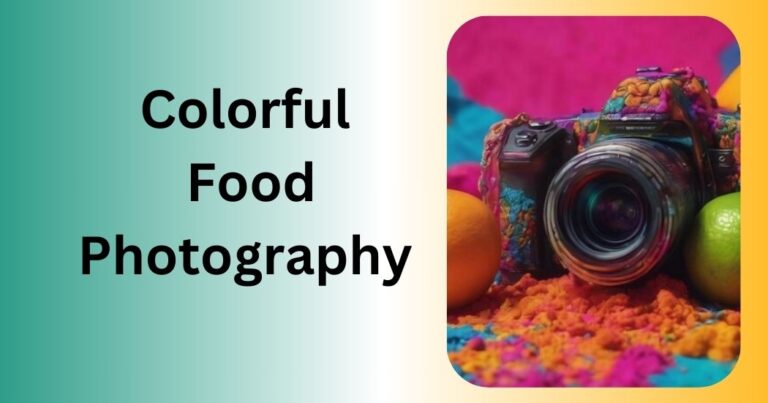What Is The Best Camera For Food Photography (2025)?
Food photography demands precision, creativity and the right tools. Capturing stunning culinary images is crucial whether you are a food blogger, influencer, or restaurateur. Let’s explore the best camera for food photography, helping you elevate you visual storytelling.
What Is The Best Camera For Food Photography?
When it comes to food photography, the best camera is not always the most expensive one. While high-end models boast impressive features like advanced autofocus systems and superior low-light performance, many budget-friendly cameras can also deliver stunning results.
Look for models that offer a good balance of image quality, versatility, and ease of use. A DSLR or mirrorless camera with at least 24 megapixels can capture intricate details, making your culinary creations pop. Consider cameras with interchangeable lenses, as a macro lens can help you get up close for those mouthwatering shots.
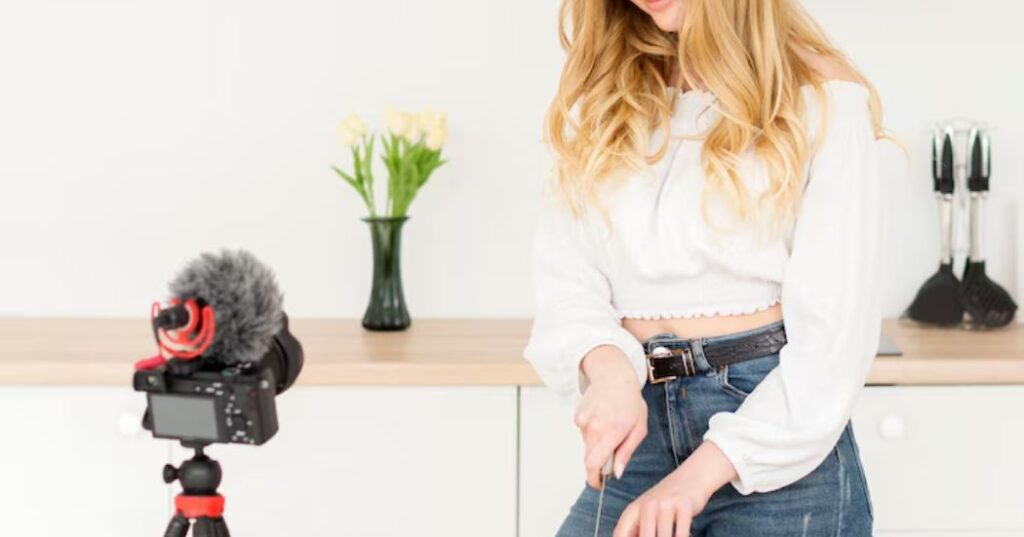
Another key feature to explore is the camera’s ability to shoot in natural light. Food photography thrives on soft, diffused lighting, so a camera that performs well in various lighting conditions can elevate your images significantly.
Features like a tilting or fully articulating screen can also be beneficial for capturing different angles without having to contort yourself into awkward positions. The best camera for food photography is one that fits your style, budget, and creative vision whether it’s an entry-level model or a more sophisticated setup.
Types Of Cameras
Let’s dive below in the three best cameras for food photography:
- DSLR Cameras
- Mirrorless Cameras
- iPhone Cameras
DSLR Cameras
When exploring the diverse types of cameras, it’s fascinating to see how each caters to specific needs and styles of photography. DSLR cameras are celebrated for their superior image quality and versatility, making them a favorite among professional photographers.
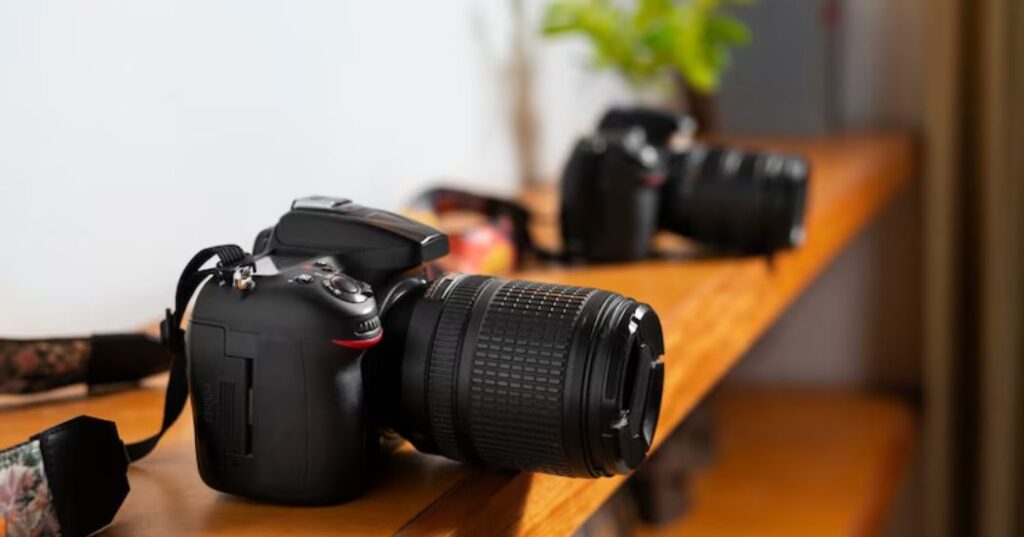
PROS
These are the pros of the DSLR camera:
- Electronic viewfinder with touch screen
- Fully customizable settings
- Lightweight, easy to carry around
- Ability to switch lenses
- High-resolution output
- Easy operation and controls
- Variety of brands and models
- Great for stills and video
CONS
These are the cons of the DSLR camera:
- Heavier
- More bulky to carry around with you
- More expensive
Mirrorless Cameras
They offer unparalleled flexibility and image quality making them perfect for food photography. They help capture stunning shots with ease with advanced focus shot and manual controls. It is ideal for creative food stylists.

Pros
These are the pros of mirrorless cameras:
- Electronic viewfinder with touch screen
- Fully customizable settings
- Lightweight, easy to carry around
- Ability to switch lenses
- High-resolution output
- Easy operation and controls
- Variety of brands and models
- Great for stills and video
Cons
These are the Cons of Mirroless Cameras:
- Shorter battery life
- Less lenses & accessories to choose from
iPhone Cameras:

The iPhone has revolutionized the way we capture moments, especially when it comes to food photography. With advancements in camera technology, the latest iPhones now boast capabilities that rival those of traditional DSLR and mirrorless cameras.
PROS
These are the Pros of iPhone Cameras:
- The iPhone cameras are really good
- You already have one
- There are lots of tools accessories to help you out
CONS
There is only one issue of iPhone:
- Resolution issues
iPhone Photography Posts
In the age of smartphone cameras, iPhone photography posts have revolutionized how we capture and share our culinary experiences. With just a device in your pocket, you can elevate your food photography game without the need for extensive gear.
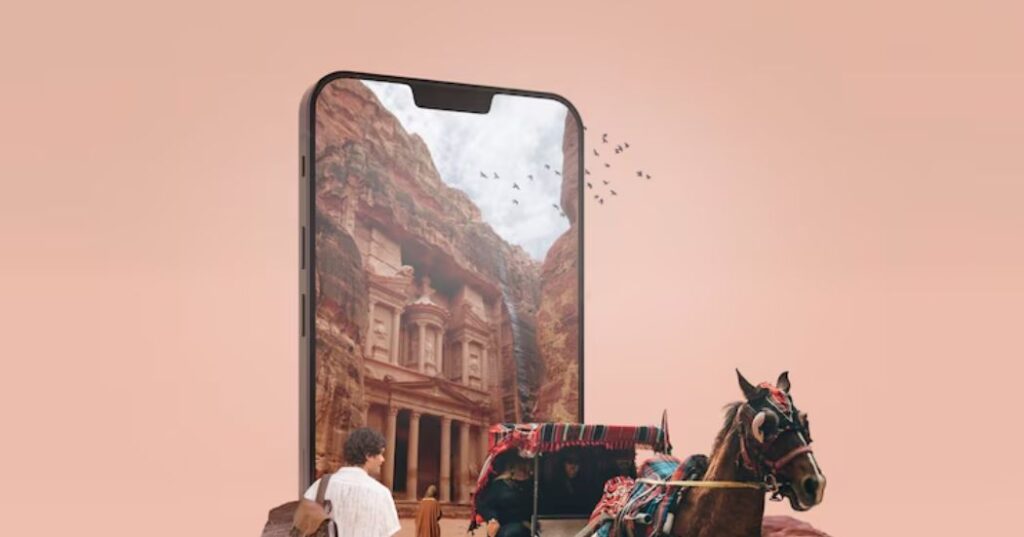
Improving food photography doesn’t require a degree in art or expensive equipment. Instead, focus on composition and color contrast, which can make a significant impact on your shots. Utilizing apps for editing can also enhance your images, allowing you to add that extra pop without overwhelming complexity.
As you explore iPhone photography posts from fellow enthusiasts, you’ll discover a community eager to share insights and techniques, reinforcing the idea that creativity thrives when we embrace simplicity. With every snap, remember: the true essence of food photography is not just in the image but in the stories they tell.
iPhone Photography Course:
In the realm of visual storytelling, iPhone food photography has emerged as a captivating way to share culinary experiences. Imagine transforming your everyday meals into stunning visual narratives that not only tantalize taste buds but also capture the essence of flavor.
The “Mastering iPhone Food Photography” course offers a beginner-friendly approach, combining professional guidance with hands-on techniques that demystify the art of food photography. Participants will delve into the nuances of lighting, composition, and color theory, ensuring that every dish is showcased in its most appetizing form.
What sets this course apart is its blend of engaging video demonstrations and insightful screen recordings that provide a behind-the-scenes look at the creative process. Learners will discover how to leverage the power of their iPhone camera, tapping into its features to create beautiful food images that rival those of seasoned professionals.
What to Look in a Camera for Food Photography?
When diving into the world of food photography, the type of camera you choose can significantly impact your results. While DSLRs and mirrorless cameras are popular choices due to their versatility and image quality, even compact cameras and smartphones can deliver stunning shots with the right approach.
Lens options play a crucial role in achieving that mouthwatering shot. A macro lens allows for incredible close-ups, showcasing textures and details that can make your food images stand out. Features like manual focus and customizable settings enable you to experiment with depth of field, letting you blur backgrounds while keeping the focal dish sharp and inviting.
Don’t overlook the importance of a camera’s connectivity options either; being able to transfer images quickly to your editing software or social media can streamline your workflow and help you share your culinary creations faster. Investing in the right types of cameras with these recommended features can elevate your food photography from ordinary to extraordinary.
Also Read: Best-Ever Pumpkin Pancakes With Pancake Mix
CONCLUSION:
Selecting the best camera for food photography is crucial for capturing the essence and allure of your culinary creations. Whether you opt for a DSLR with interchangeable lenses or a compact mirrorless camera, each option offers unique features that can elevate your food photography game. It’s essential to consider factors such as image quality,
Low-light performance, and ease of use when making your choice. Investing in quality lenses and accessories can further enhance your photography experience. Now that you have the insights on what to look for, it’s time to explore your options and start capturing mouthwatering images that will leave your audience craving more.
